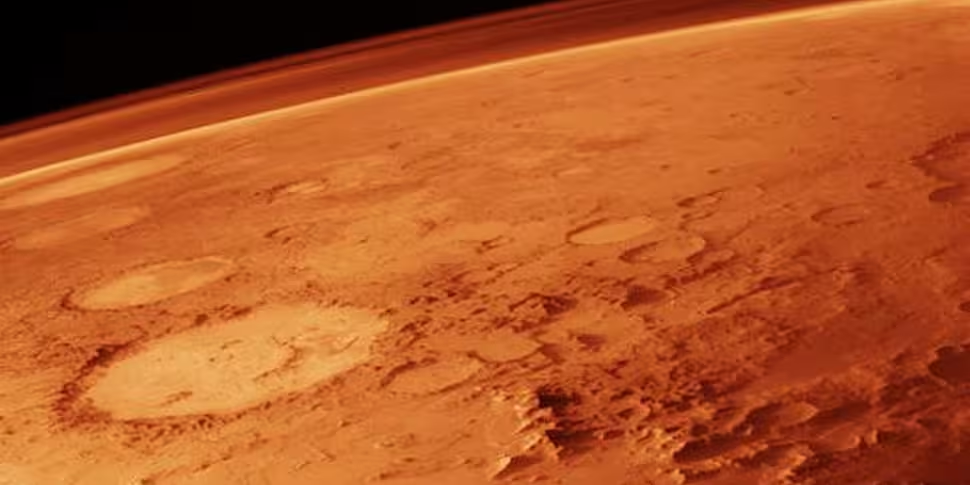NASA's Mars Curiosity rover has found evidence of liquid water beneath the surface of Mars.
Mars was previously believed to be too cold for water to exist but the findings, published in the scientific journal Nature, indicate that soil on Mars is damp, as salts within the soil lower the freezing point and allow a layer of briny liquid to form.
Prof Andrew Coates, head of planetary science at the Mullard Space, told The Guardian:
“The evidence so far is that any water would be in the form of permafrost. It’s the first time we’ve had evidence of liquid water there now.”
The measurements have shown that during the winter, at certain spots on the planet, the temperatures are suitable for water to exist.
It is believed that life could potentially exist in these conditions, although the presence of high level of cosmic radiation also poses a major challenge to life.
Using measurements of the local temperature and humidity the researchers were able to gauge the likelihood of the presence of water.
Javier Martin-Torres, a co-investigator on the Curiosity mission and lead scientist on REMS, told BBC News that while they cannot be certain of the existence or water, there are strong indications of its presence.
"What we see are the conditions for the formation of brines on the surface. It's similar to when people were discovering the first exoplanets.
"They were not seeing the planets, but they were able to see the gravitational effects on the star.
"These perchlorate salts have a property called deliquescence. They take the water vapour from the atmosphere and absorb it to produce the brines."
He added: "We see a daily water cycle - which is very important. This cycle is maintained by the brine. On Earth we have an exchange between the atmosphere and the ground through rain. But we don't have this on Mars."
Although liquid water is considered essential to life, scientists still believe that if there once was life on the Red Planet it died out billions of years ago.
Originally published 13/04/2015









